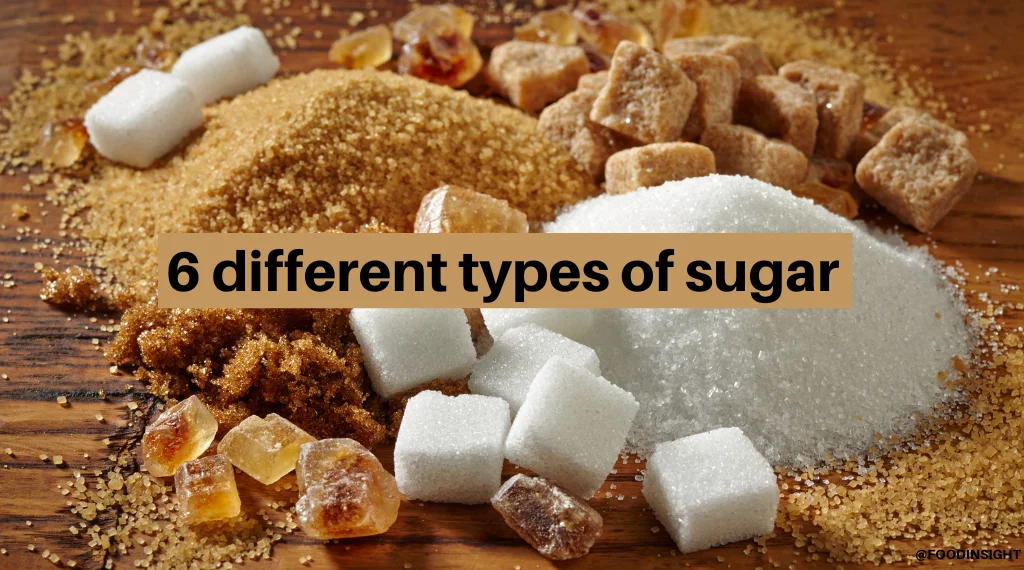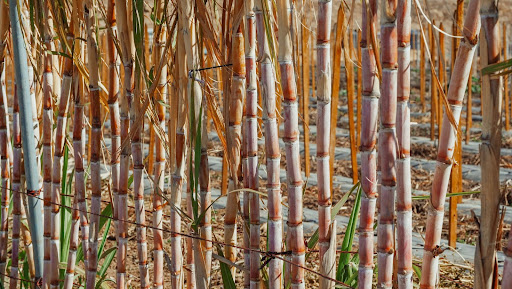Learning about beet sugar vs cane sugar can help shoppers decide which matches their preferences better.
Learning about beet sugar vs cane sugar can help shoppers decide which matches their preferences better.
Blog Article
Comprehending the Nutritional Perks of Beet Sugar Vs Cane Sugar for Wellness Conscious Consumers
When taking a look at the nutritional ramifications of beet sugar versus walking stick sugar, health-conscious customers discover that both varieties mainly include sucrose and offer comparable calorie values, each contributing about 16 calories per tsp. In spite of this similarity, neither type gives significant health advantages, as they are without vital nutrients. Exploring the wider influences, consisting of environmental considerations and long-lasting health results of sugar consumption, might illuminate much more nuanced differences between these 2 sugars.
Nutritional Profile and Caloric Worth of Beet Sugar and Walking Cane Sugar
Although both beet sugar and walking stick sugar are largely made up of sucrose, their nutritional accounts and caloric worths are extremely similar. Each gives about 16 calories per tsp and is composed almost totally of carbs, with marginal amounts of healthy protein or fat. These sugars additionally lack substantial amounts of vitamins or minerals. The refinement procedure strips away the majority of the intrinsic nutrients, providing both types virtually the same in terms of nourishment. There are trace differences in the pollutants that remain after processing, which can slightly influence the taste and shade of the sugars, yet these are negligible in terms of wellness effect. For customers concentrating on dietary impact, the selection between beetroot and walking stick sugar is a lot more concerning personal preference or possible ecological worries instead of dietary differences. Both ought to be eaten in moderation within a balanced diet plan as a result of their high caloric material and lack of essential nutrients (beet sugar vs cane sugar).
Environmental Impact and Sustainability of Sugar Production
While the nutritional differences in between beet sugar and walking cane sugar are marginal, their production processes provide even more substantial disparities, especially in terms of ecological effect and sustainability. Cane sugar manufacturing frequently involves comprehensive land usage and logging, which adds to environment devastation and biodiversity loss. This agriculture is likewise associated with high water usage and water contamination due to the overflow of chemicals and fertilizers. On the other hand, beetroot sugar production typically requires less land and can be cultivated like it in more pleasant climates, which might decrease the requirement for irrigation and the associated water source deficiency.
However, beet farming is not without its environmental obstacles; it entails considerable energy inputs, particularly in the northern climates where it is grown, as a result of the requirement for longer home heating durations in sugar processing. Both sugar beetroot and sugar walking cane markets are exploring more lasting practices, consisting of plant rotation, organic farming, and enhanced waste monitoring methods to mitigate these impacts.
Health Consequences and Recommendations for Sugar Consumption
In spite of their very little nutritional distinctions, both beet sugar and walking stick sugar can have detrimental health and wellness results when eaten in unwanted. High consumption of either kind of sugar adds to a series of health and wellness issues, consisting of excessive weight, kind 2 diabetes mellitus, and cardiovascular disease. Both sugars are pure sucrose and offer no vital nutrients besides calories, resulting in fast spikes in blood sugar level levels upon usage.


Verdict

Report this page